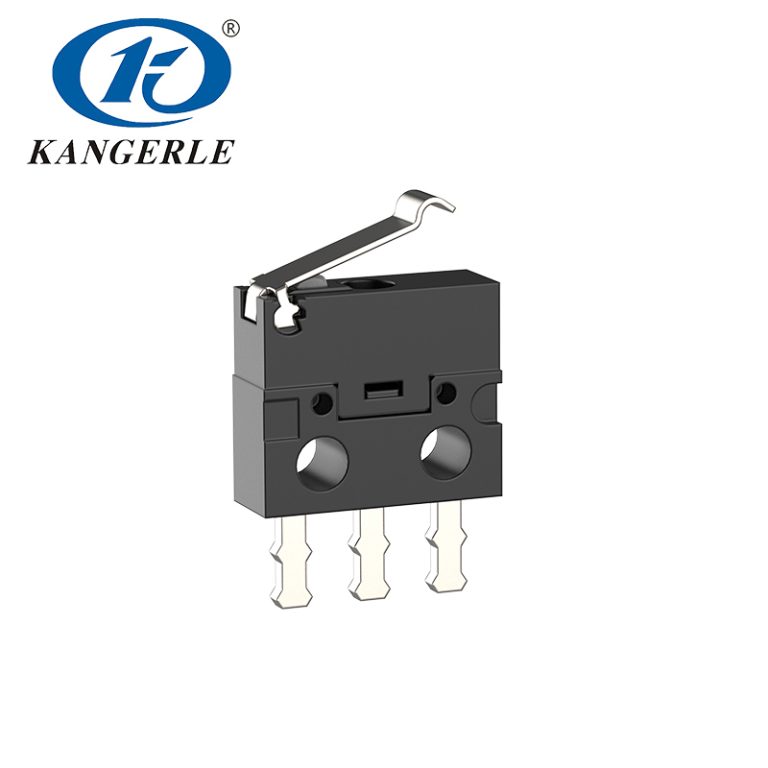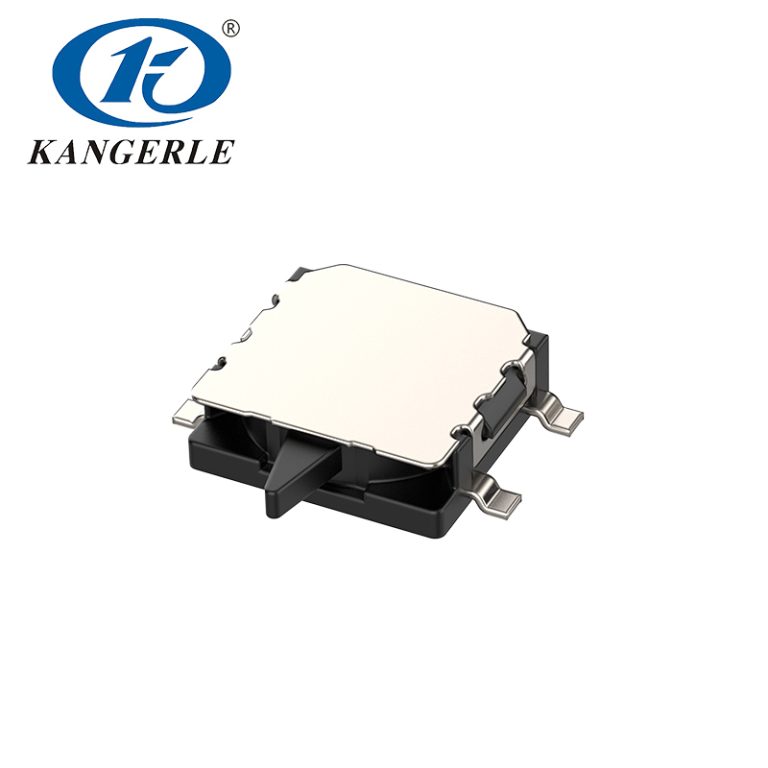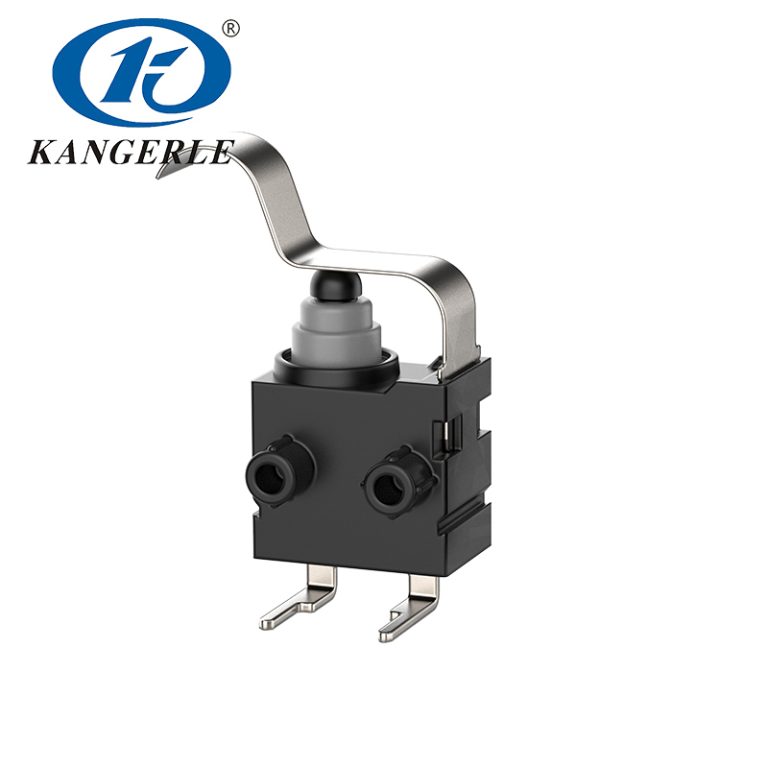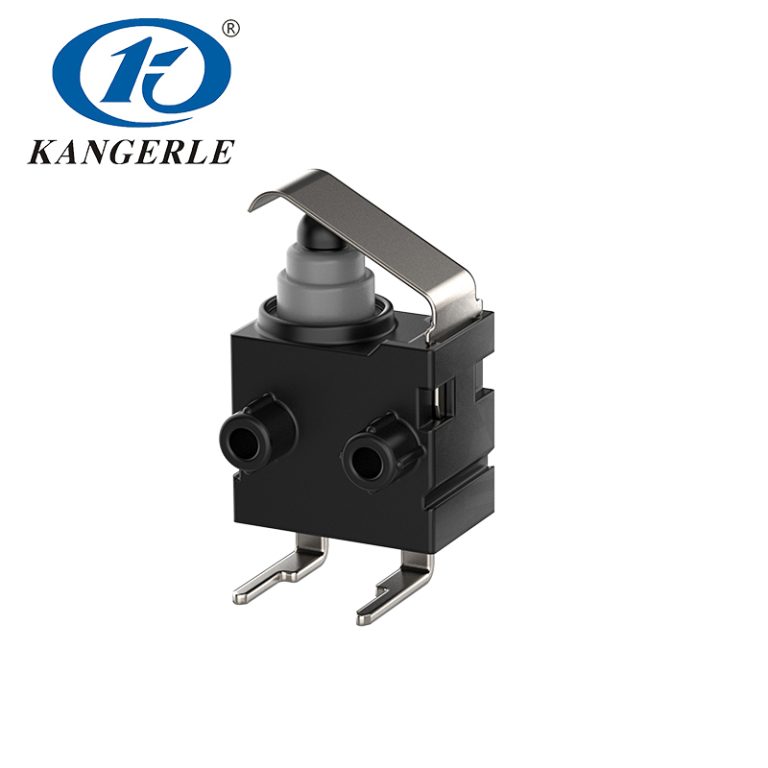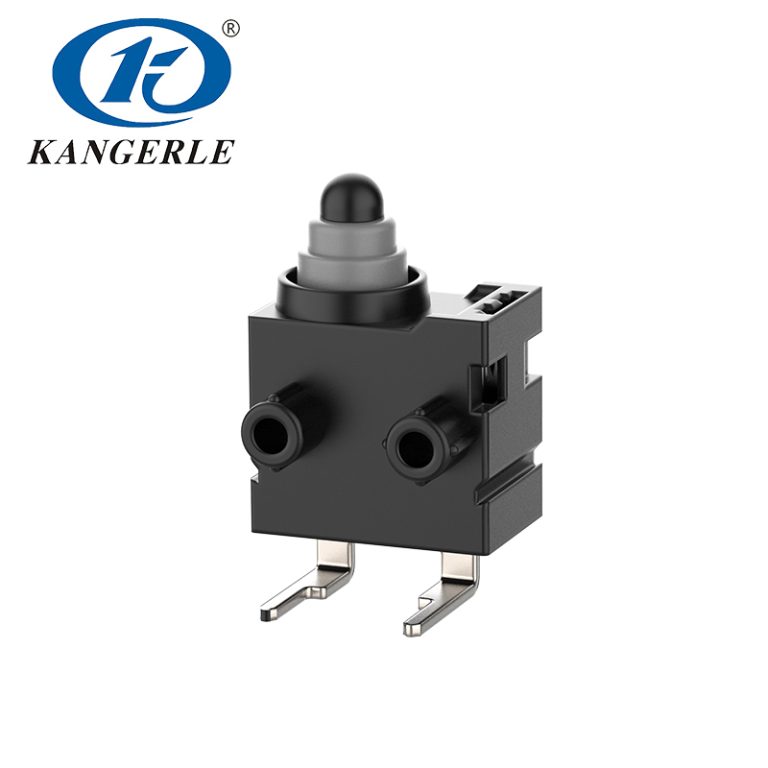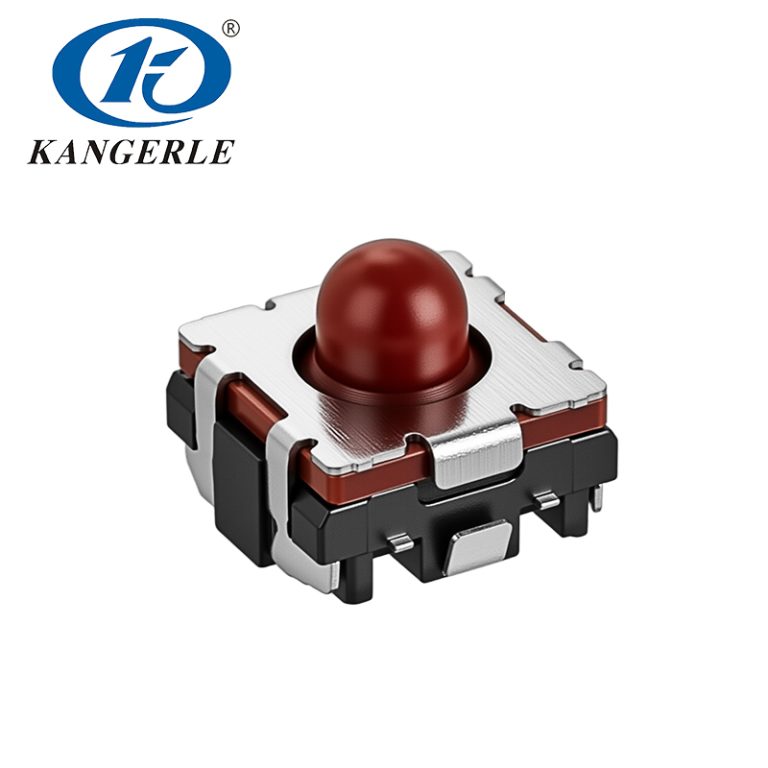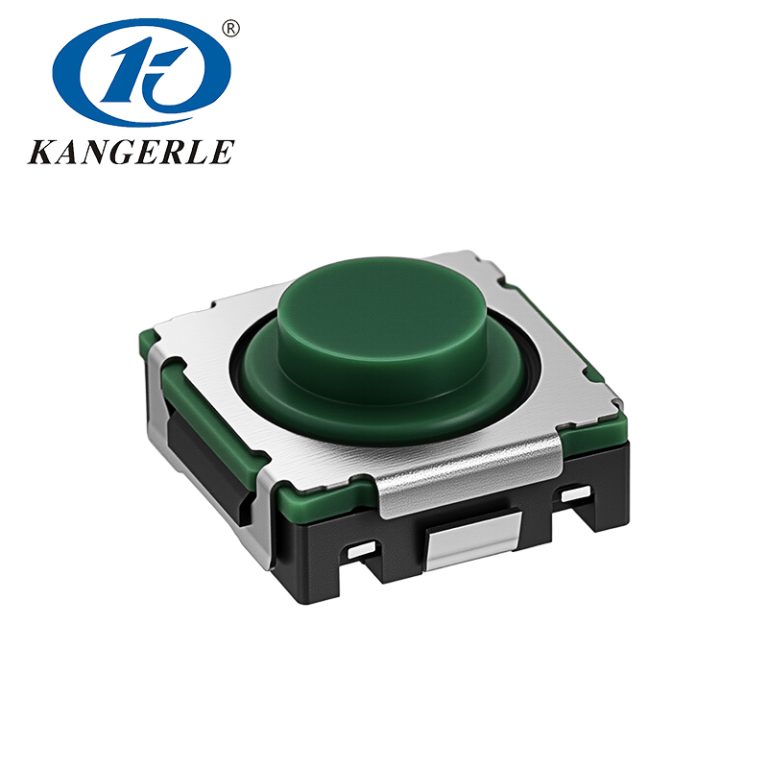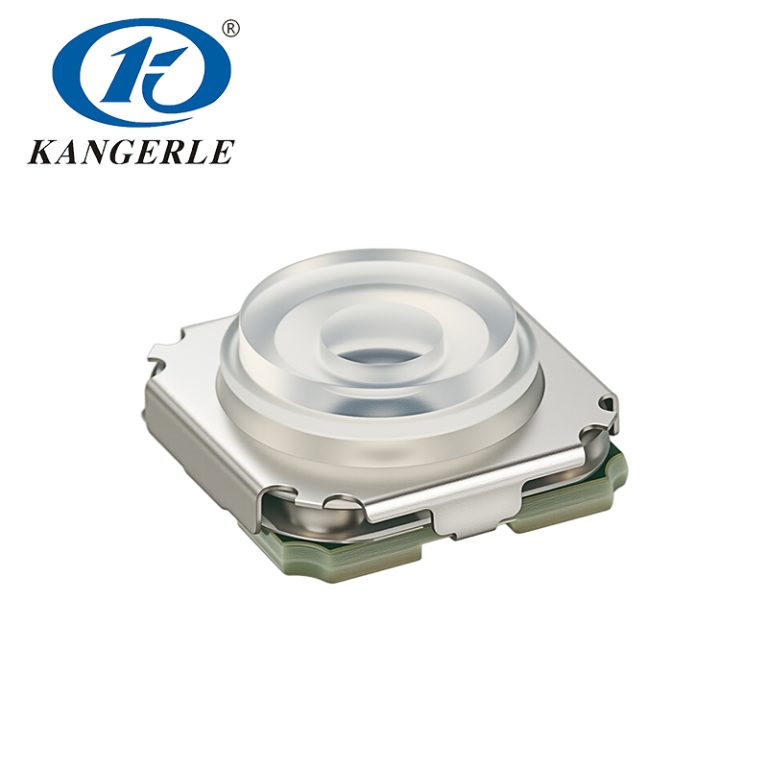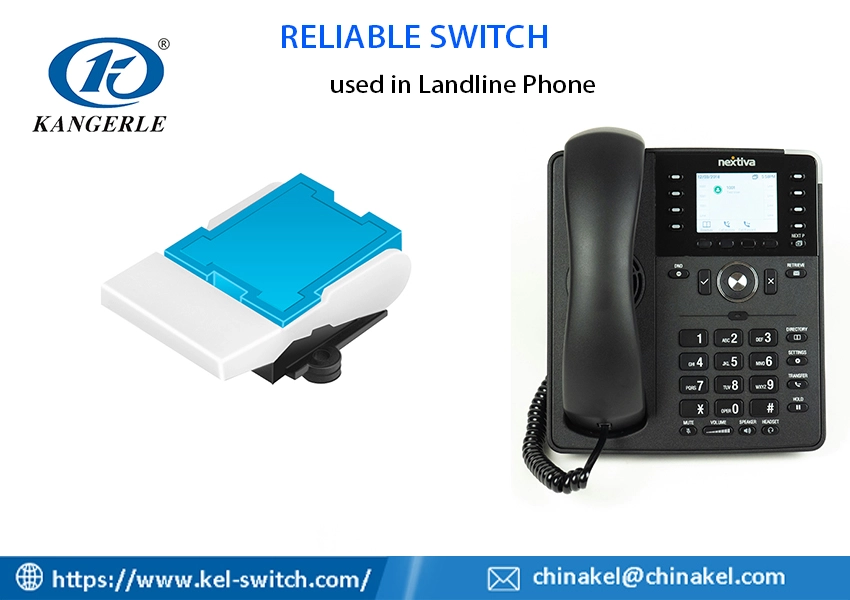Landline telephones have linked individuals across vast spaces for more than 100 years, transforming from cumbersome, mechanical gadgets to sleek, effective tools. At the core of this shift is a seemingly minor yet crucial part: the hook switch. The evolution of hook switches has fueled progress in telephony, boosting dependability and user satisfaction with each update. This blog will follow the path of hook switches in landline telephones, from their modest beginnings to their current advanced form.
The Dawn of Telephony: Origins of Groove of the Hook Switch
The evolution of hook switches started when the telephone emerged in 1876, thanks to Alexander Graham Bell. Early telephones required a way to alert the operator or link a call when someone raised or lowered the receiver. This demand birthed the hook switch—a plain yet clever answer that set the stage for telephone use.
The First Hook Switches: Mechanical Ease
Early hook switches were basic levers or hooks, usually made from metal. When the receiver rested on the hook, it pushed down, cutting the circuit to stop the call. Raising the receiver eased the pressure, closing the circuit and beginning the link. These initial setups stood out for:
- Simple Build: A lone pivot with scant pieces.
- Strength: Designed to handle constant use in early telephone hubs.
- Hands-On Use: Fully reliant on physical motion, lacking electronic boosts.
Though practical, these switches struggled with wear from steady use and shaky connections. As a result, this sparked the push for improvement as telephony spread.
The 20th Century: Advancing Hook Switch Technology
As telephone systems grew in the 20th century, the need for reliable and capable parts soared. The evolution of hook switches in this time moved from simple mechanics to more intricate electromechanical setups. This shift matched the rise of widespread communication.
Electromechanical Enhancements
By the 1920s, hook switches advanced to include springs and better contacts. These changes delivered:
- Steady Work: Springs guaranteed dependable pressure and release.
- Enhanced Flow: Silver-coated contacts cut signal drop.
- Tiny Size: Smaller builds fit the slimmer telephones of the era.
The rotary dial period, highlighted by the Western Electric Model 500 in the 1950s, blended hook switches into the phone’s cradle. This turned into a broadly accepted norm, combining usefulness with style.
Milestones in Hook Switch Development
| Period | Advancement | Significance |
| 1870s-1900s | Lever-based hook mechanism | Allowed basic call handling |
| 1920s-1930s | Spring-loaded contacts | Increased toughness and trust |
| 1950s-1960s | Cradle-integrated switches | Simplified making and use |
These advances signaled a key shift, readying hook switches for the digital future.
The Modern Era: Hook Switches in Today’s Telephony
The arrival of digital tools in the late 20th century remade landline telephones. Accordingly, the evolution of hook switches adjusted. Today’s hook switches mix mechanical roots with electronic accuracy, fulfilling the demands of current systems.
Electronic Boosts
The move to push-button phones in the 1980s brought hook switches that worked with electronic circuits, like microprocessors. This change provided:
- Sharp Sensitivity: Fast reaction to receiver shifts.
- Digital Fit: Smooth blending with tone-dialing and VoIP.
- Shrinking Size: Small yet strong builds for today’s phones.
Now, hook switches often appear as micro switches, like the KW-5A-5DBL. With specs like a 0.2A 48VDC rating and over 500,000 mechanical cycles, they promise lasting trust.
Material and Performance Improvements
Modern hook switches boast:
- Top-Notch Plastics: Light and wear-resistant.
- Gold Contacts: Great conductivity and rust protection.
- Weather Toughness: Operating from -16°C to 60°C, as shown in models like the KW-5A-5DBL.
These traits make them perfect for both classic landlines and cutting-edge communication systems.
Why the Evolution of Hook Switches Still Counts
Even with smartphones everywhere, landlines endure in homes, workplaces, and emergency setups. The evolution of hook switches keeps them useful by offering:
- Trustworthiness: Steady work for vital calls.
- Savings: Durable builds that lower swap costs.
- Flexibility: Adjusting to analog and digital worlds alike.
A strong hook switch can take heavy use in a bustling call center. This proves its lasting worth.
Choosing the Right Hook Switch for Your Landline
Picking a hook switch for your landline means aligning its features with your telephone’s needs. Here’s how to choose wisely:
Check Electrical Demands
Look at your system’s power needs:
- Voltage: Today’s landlines often run on 24V-48V DC, matching the KW-5A-5DBL’s 48VDC rating.
- Current: Confirm it handles loads like 0.2A, typical in digital setups.
- Cycle Strength: Seek at least 300,000 electrical cycles for long life.
Match Design Needs
Fit the switch to your phone’s form:
- Classic Cradle: Needs a weight-triggered switch.
- Current Style: Micro switches, like those in the micro switch category, work for tight designs.
Focus on Toughness
Value:
- Operating Push: Around 45±10gf, as in the KW-5A-5DBL, for easy action.
- Heat Range: -16°C to 60°C ensures steady work in diverse settings.
Introducing KANGERLE: Your Trusted Hook Switch Supplier
For top-quality hook switches, KANGERLE shines as a reliable source. Located in Zhejiang, China, KANGERLE Electronics has thrived in crafting electromechanical switches since 1993. Skilled in micro switches, slide switches, and beyond, they support fields like telecommunications and automotive. KANGERLE’s creative touch offers custom hook switch options, like the KW-5A-5DBL, backed by strict quality rules. Their wide range makes them a top pick for experts.
FAQs About the Evolution of Hook Switches
Q1. What does the evolution of hook switches cover?
A1. The evolution of hook switches follows their path from plain mechanical levers in the 1870s to today’s electronic micro switches. It improves telephone trust and function.
Q2. How have hook switches shifted over time?
A2. They went from basic hooks to spring-loaded setups in the 20th century. Later, they became electronically linked switches, fitting digital telephony demands.
Q3. Why do hook switches matter in today’s landlines?
A3. They provide precise call signals and toughness. The evolution of hook switches keeps them strong for both old and new systems.
Q4. What marks a modern hook switch?
A4. Top materials, electronic fit, and long cycle life—like 500,000 mechanical cycles—set them apart from past versions.
Take Action: Lift Your Telephony Now
The evolution of hook switches mirrors a history of fresh ideas, keeping landline telephones steady and adaptable. Whether you’re fixing an old phone or crafting a new setup, the right hook switch is key. Check your needs, then explore tough options like the KW-5A-5DBL. Ready to step up? Visit KANGERLE homepage or scan the micro switches to find the ideal fix. Choose quality—keep your lines clear with accuracy!

